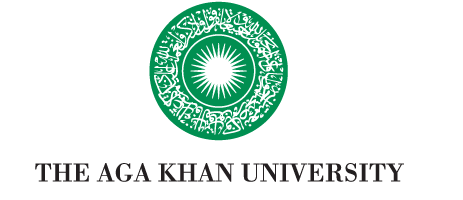“COVID took its toll on our team,” said Dr Arish Haider, an AKU alumnus volunteering at Karachi’s Field Isolation Centre, FIC, for COVID patients requiring quarantine space. “Some of our staff being uninvited at home out of fear, to others having breakdowns thinking of the wellbeing of our families. Yet we pulled through.”
In late March, Karachi, the country’s economic hub was placed under lockdown to prevent the disease spreading quickly through the heavily populated and congested city. The rising number of cases meant that there was a greater need for facilities to treat patients and to help them recover.
One of the people with large-scale disaster experience is AKU’s Dr Nuzhat Faruqui. She was asked to help convert the sprawling halls of the Karachi Expo Centre, previously a hub for business conferences, into a planned 1,200 bed isolation and healthcare facility for coronavirus patients. In the next 36 hours, she was able to put together a core team from AKU – Dr Waris Ahmed, Dr Muneer Amanullah, and Dr Arish Haider – as well as a plan that was immediately approved by the Government.
And just 10 days later, the Field Isolation Centre was launched with all the key facilities and essential processes in place. With experience under their belt, what was the next step? All agreed that articulating the strategy and standard operating procedures to set-up and run temporary care facilities for COVID-19 patients was needed.
So the FIC core team together with other administrators compiled a 119-page manual that can be used across the country by any institution in Pakistan seeking to set up a temporary isolation centre.
Launched by Sindh Chief Minister Syed Murad Ali Shah, the handbook has been endorsed by the Pakistan Medical Association and the Medical Microbiology and Infectious Diseases Society of Pakistan. At the event, Dr Faruqui thanked the Sindh government and Pakistan Army for their support and for playing a key role in building the facility.
The manual has been put into immediate use to establish a second isolation unit in Karachi at the Pakistan Air Force Museum. It covers all of the FIC’s key functions from admitting and discharging patients to the use of personal protective equipment as well as the catering, accommodation, training, cleaning and infection control protocols needed to keep patients and staff safe and healthy. The handbook also contains scale maps highlighting the safe green zone and the red zone, or patient area, which illustrate how key processes work throughout the facility.
A feasibility analysis is also included to help judge a team’s preparedness to set up an isolation facility and to address key concerns such as site suitability and infrastructure requirements.

